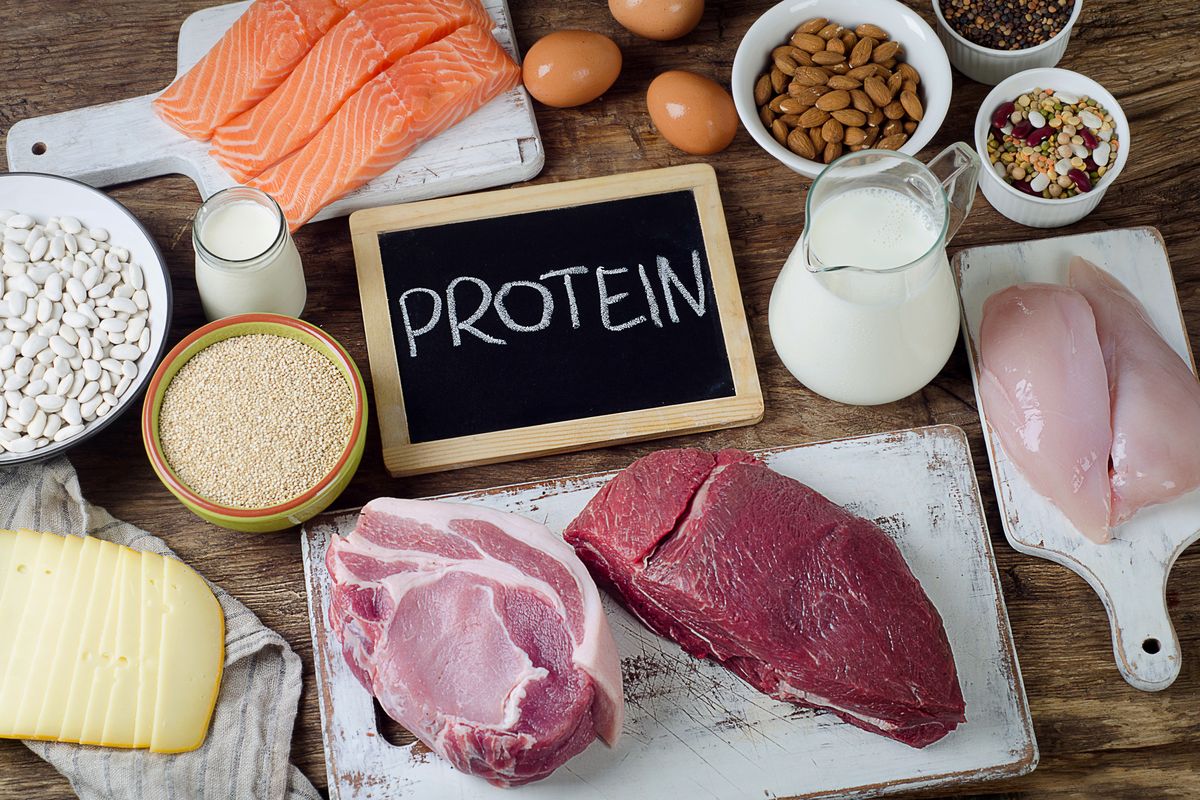The myriad benefits of consuming protein have made it a key focus for many individuals looking to improve their health. Not only does protein help curb hunger and maintain a sense of fullness throughout the day, reducing mindless snacking and cravings, but it also plays a vital role in building lean muscle mass, which is crucial for maximizing workout results. Additionally, protein contributes to better bone health, enhances metabolism, and supports weight loss efforts.
Despite the motivating advantages, incorporating sufficient protein into your daily diet can be challenging, especially when faced with a busy schedule. To ensure you meet your protein goals without feeling overwhelmed, it's essential to adopt convenient strategies. For instance, while preparing a protein-rich meal with grilled chicken, quinoa, and a salad requires time and effort, you can achieve similar protein levels by assembling a Greek yogurt parfait with nut butter, seeds, and nuts the night before, ready to grab from the fridge. If you're keen on discovering more effortless ways to add protein to your day, continue reading to explore our dietitians' recommended tips and tricks.
1) Add Cow's Milk To Your Smoothie:

Cow's milk is a complete protein source, containing all essential amino acids required by the body. By substituting almond or oat milk with cow's milk as the liquid base for your smoothies, you can boost your protein intake by approximately 8 grams per 8-ounce serving. Additionally, cow's milk is rich in calcium, vitamin D, and other essential nutrients that contribute to bone health and overall well-being.
2) Mix Protein Powder Into Your Oatmeal:
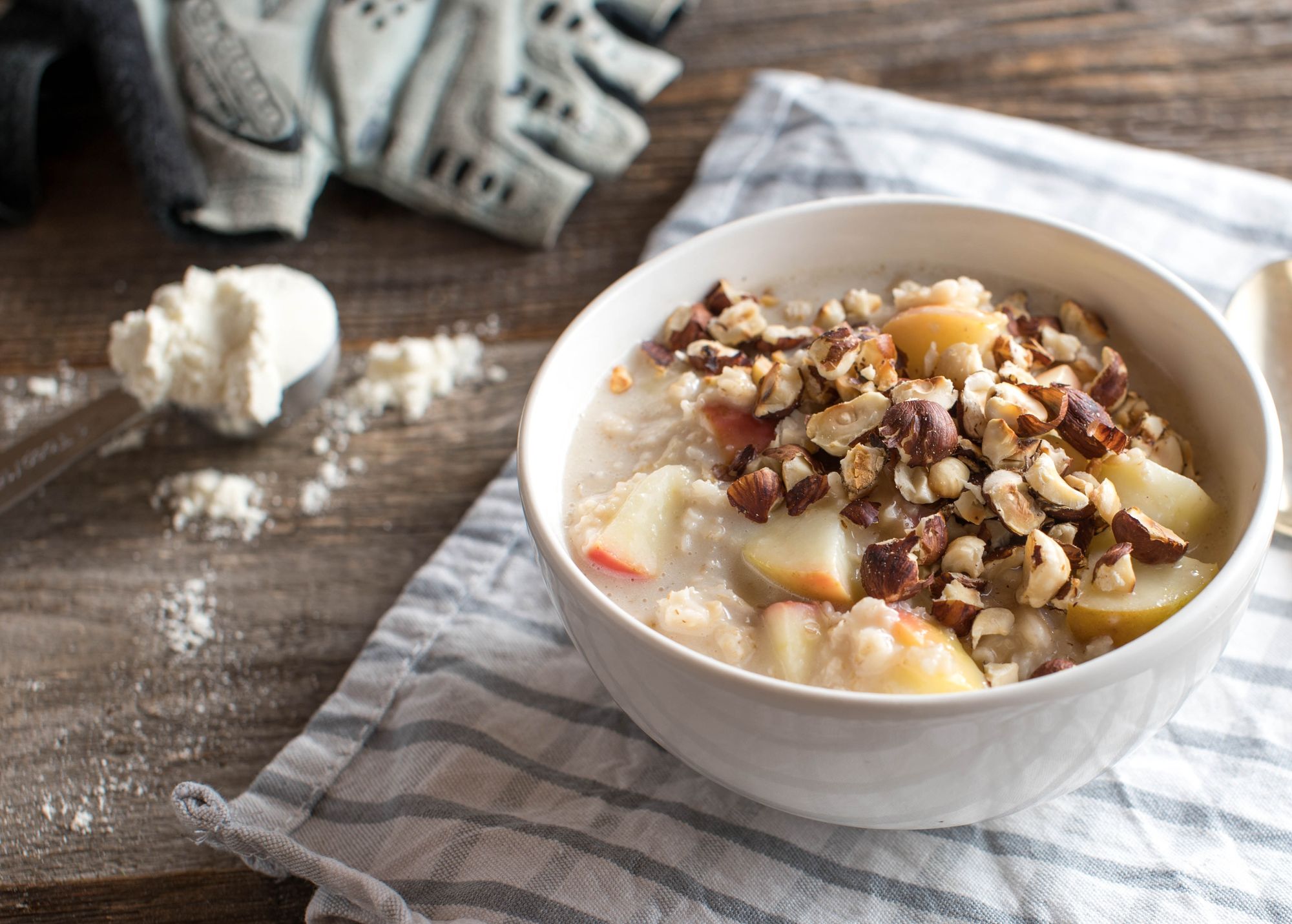
While oatmeal is a fiber-rich and filling breakfast choice, it tends to be lower in protein. By adding a scoop or two of protein powder to your oatmeal, you can significantly increase its protein content. Opt for high-quality whey or plant-based protein powder to add approximately 26 grams of protein to your morning meal. This not only elevates the protein value but also imparts a delightful flavor to your oats.
3) Snack On Beef Jerky:

When you're on the go and need a convenient protein-packed snack, beef jerky comes to the rescue. Offering about 9.4 grams of protein per ounce, beef jerky is a portable, non-perishable option that can fuel your energy and satisfy hunger pangs. Moreover, it provides essential nutrients like iron and vitamin B12, which are important for red blood cell formation and neurological function.
4) Include More Eggs In Your Diet:
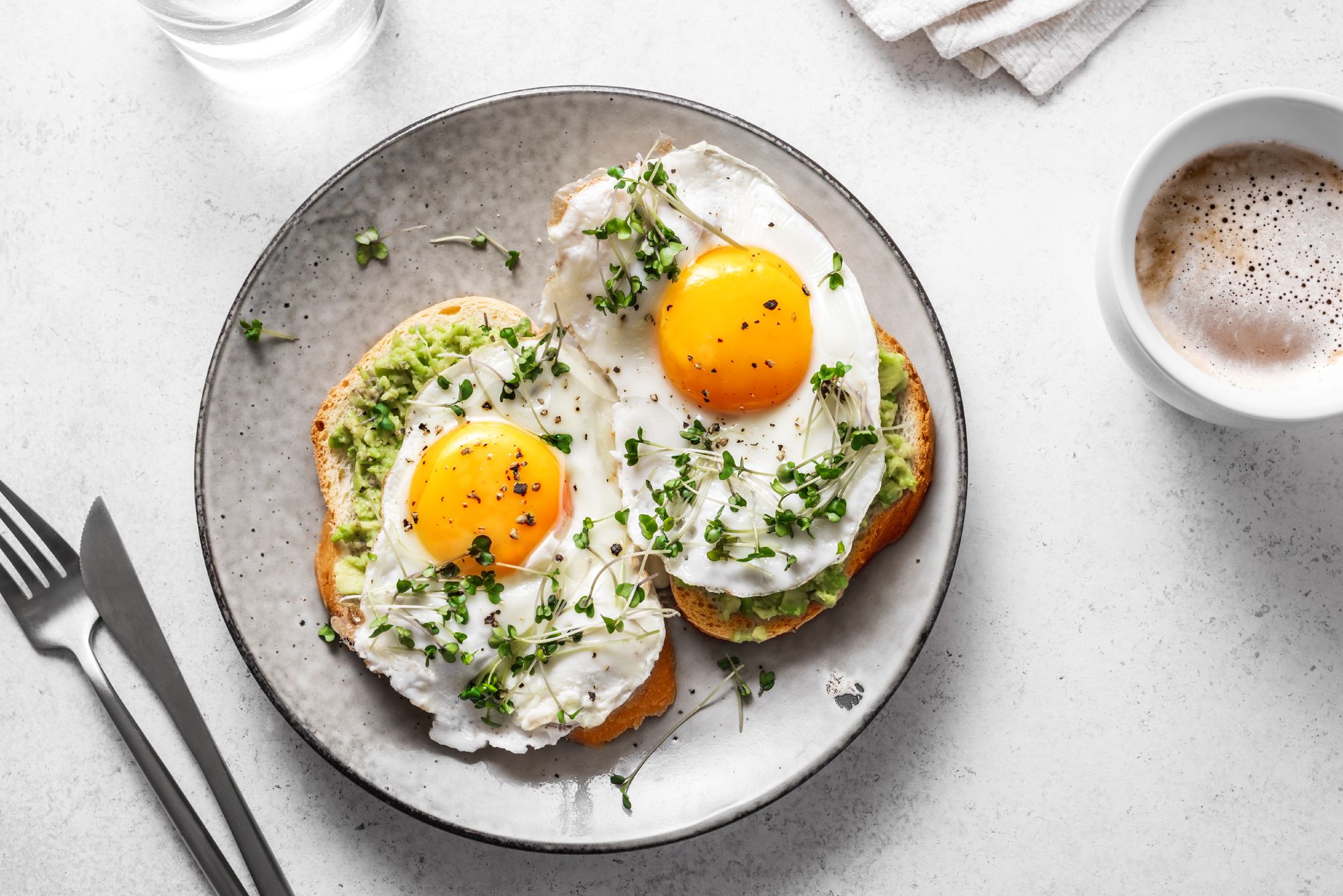
Eggs are an incredibly versatile and nutrient-dense protein source. With approximately 6.2 grams of protein per large egg, they are a perfect addition to any meal or snack. Hard-boiled eggs make for a convenient and portable snack, while fried eggs can enhance the protein content of salads, bowls, sandwiches, and burgers. Eggs are also rich in choline, which supports brain health, and vitamin B12, which is vital for energy production and nerve function.
5) Get Creative With Greek Yogurt:
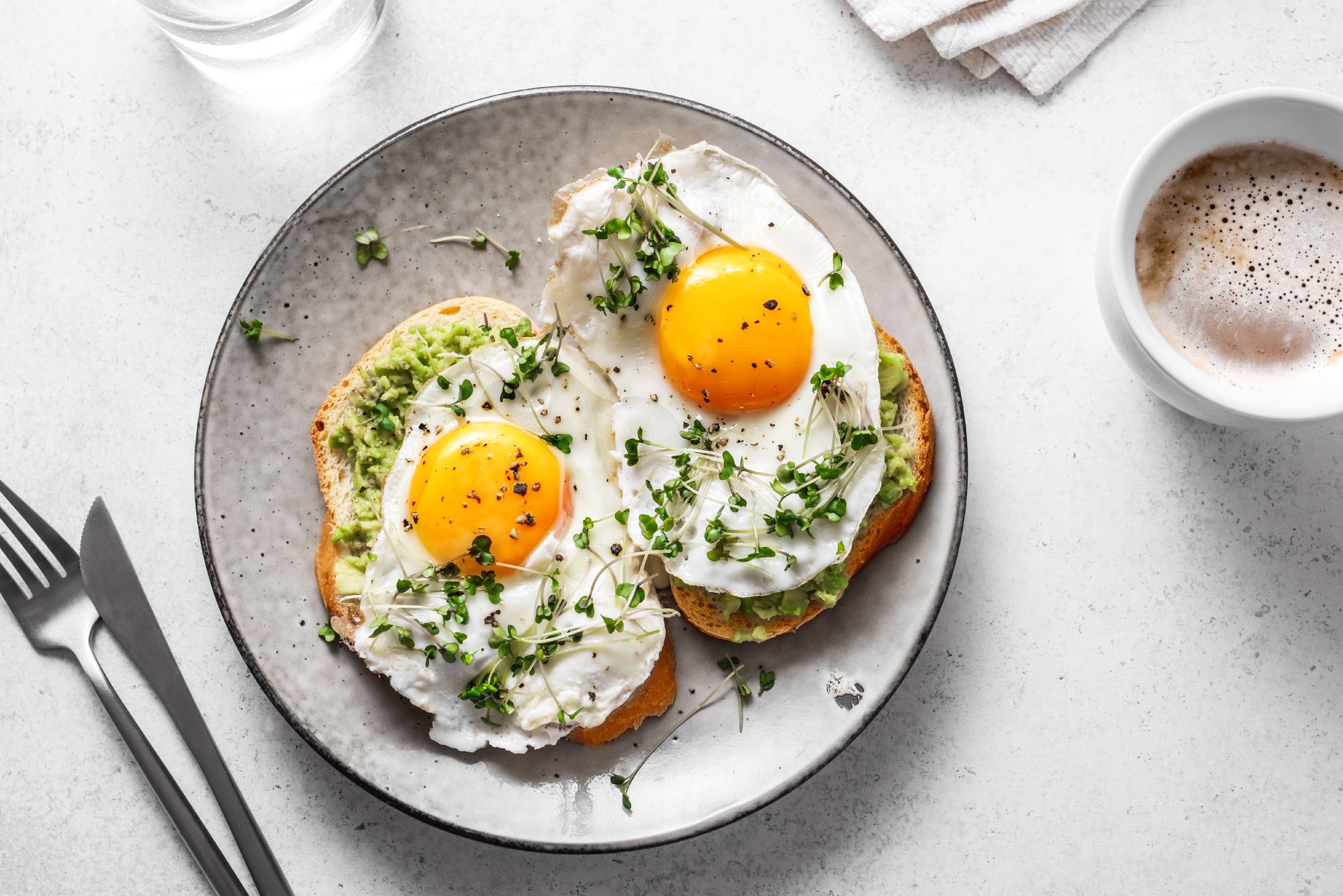
Greek yogurt is an excellent source of protein, containing nearly 20 grams of protein per small container. Its thick and creamy texture makes it a versatile ingredient that can be used in various ways. Enjoy it as a high-protein snack, create delicious yogurt parfaits with fruits and granola, use it as a base for salad dressings and dips, or blend it into smoothies for added creaminess and protein.
6) Swap Quinoa For Rice:
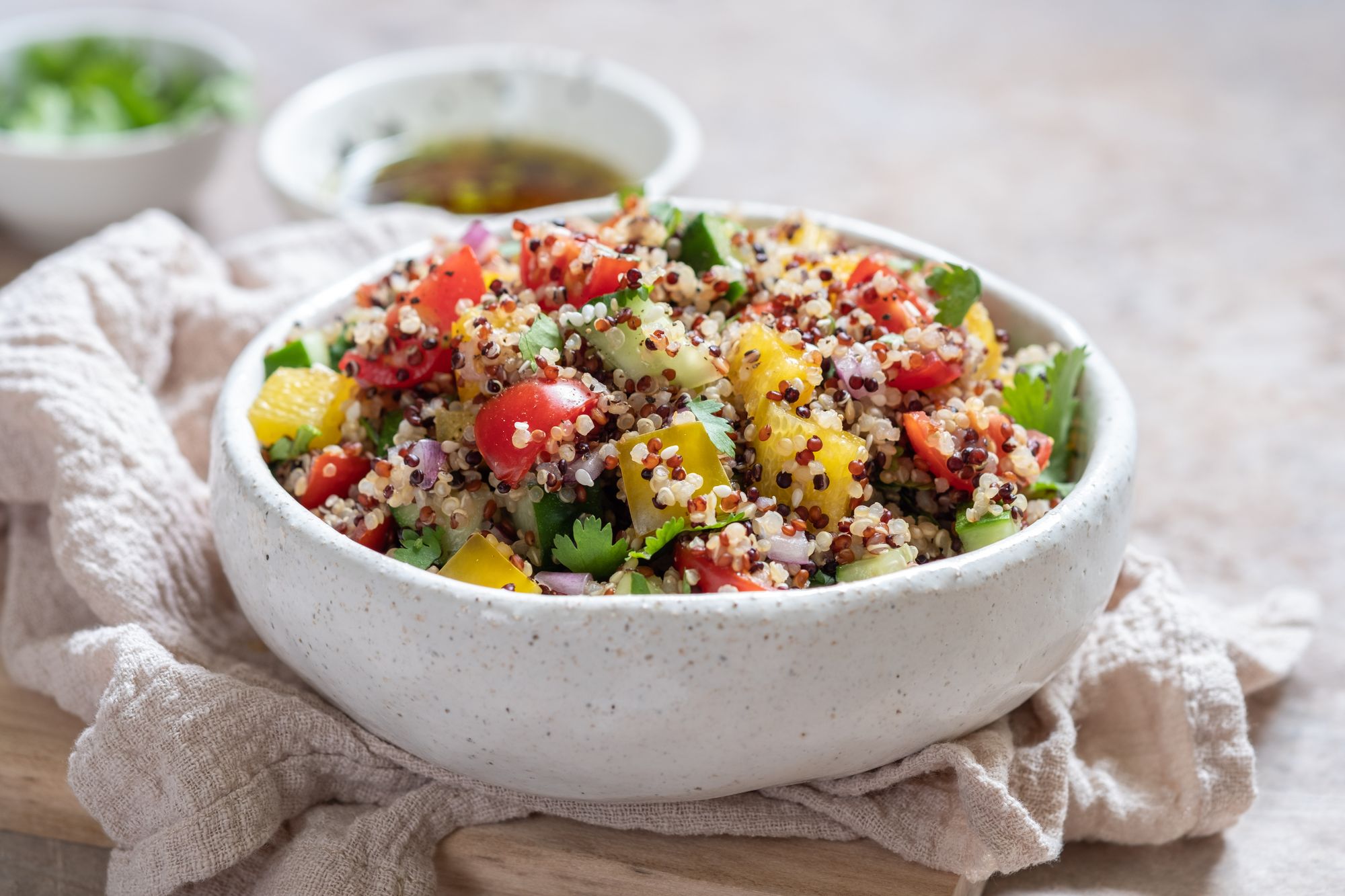
Quinoa is a unique plant-based protein as it contains all nine essential amino acids, making it a complete protein source. With around 8.1 grams of protein per cup, quinoa surpasses the protein content of white rice, which offers only about 4.4 grams of protein per cup. Additionally, quinoa provides dietary fiber, iron, magnesium, and phosphorus, making it a nutritious grain choice that supports overall health.
7) Snack On Roasted Chickpeas:
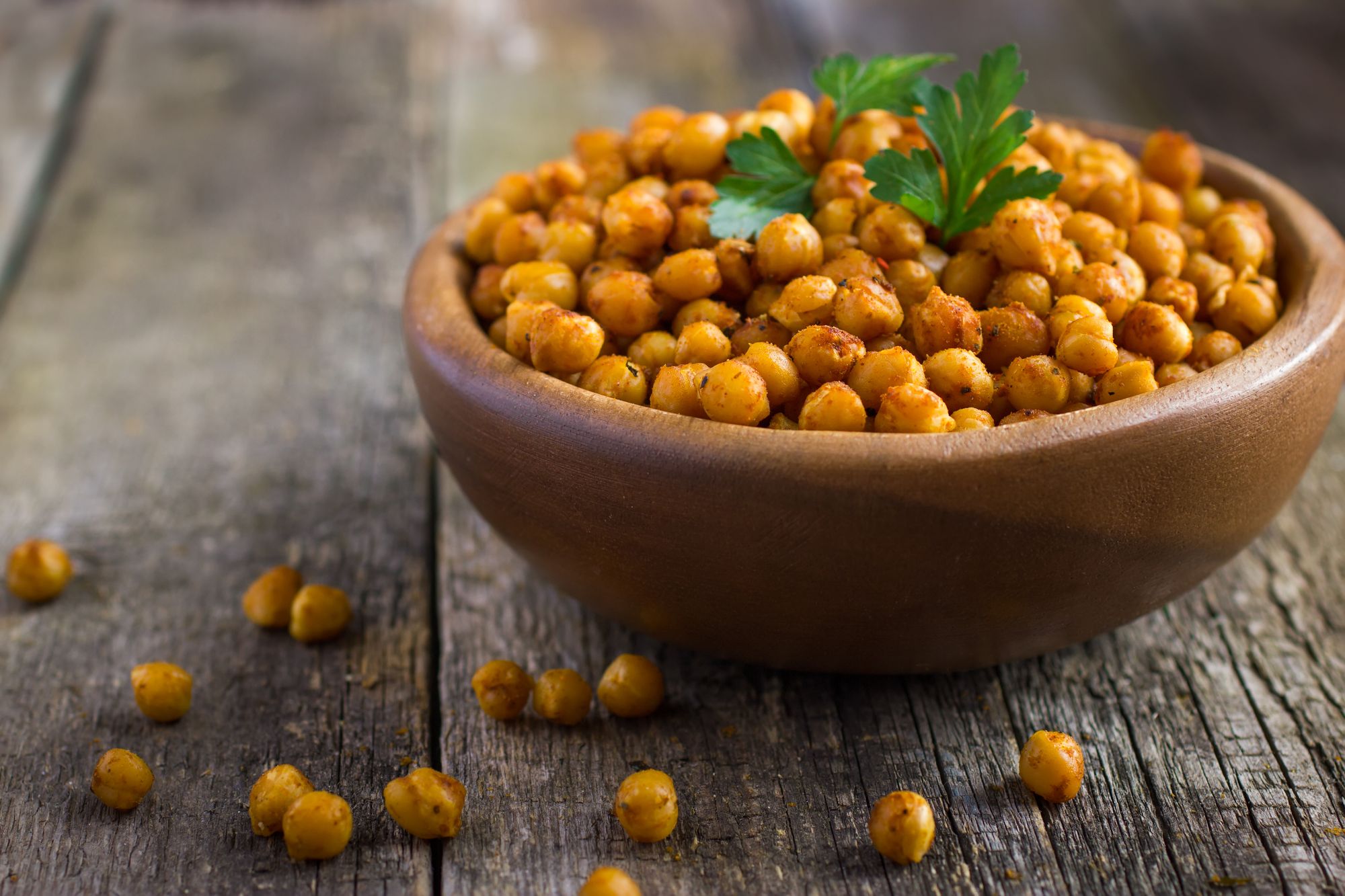
Roasted chickpeas are a delicious and crunchy snack that delivers about 11.8 grams of protein per cup. They are an excellent alternative to traditional high-calorie, low-nutrient snacks like chips or pretzels. Along with protein, chickpeas also provide fiber, iron, folate, and manganese, contributing to digestive health and overall well-being.
8) Use Cottage Cheese:

Cottage cheese is a protein-rich dairy product, providing approximately 14 grams of protein per 4-ounce serving. It is a versatile ingredient that can be enjoyed on its own as a high-protein snack or used in various recipes. Swap it for plain yogurt in dips and smoothies, use it as a topping for salads, or incorporate it into savory dishes for a creamy and protein-packed twist.
9) Choose Soy Instead Of Almond Milk:
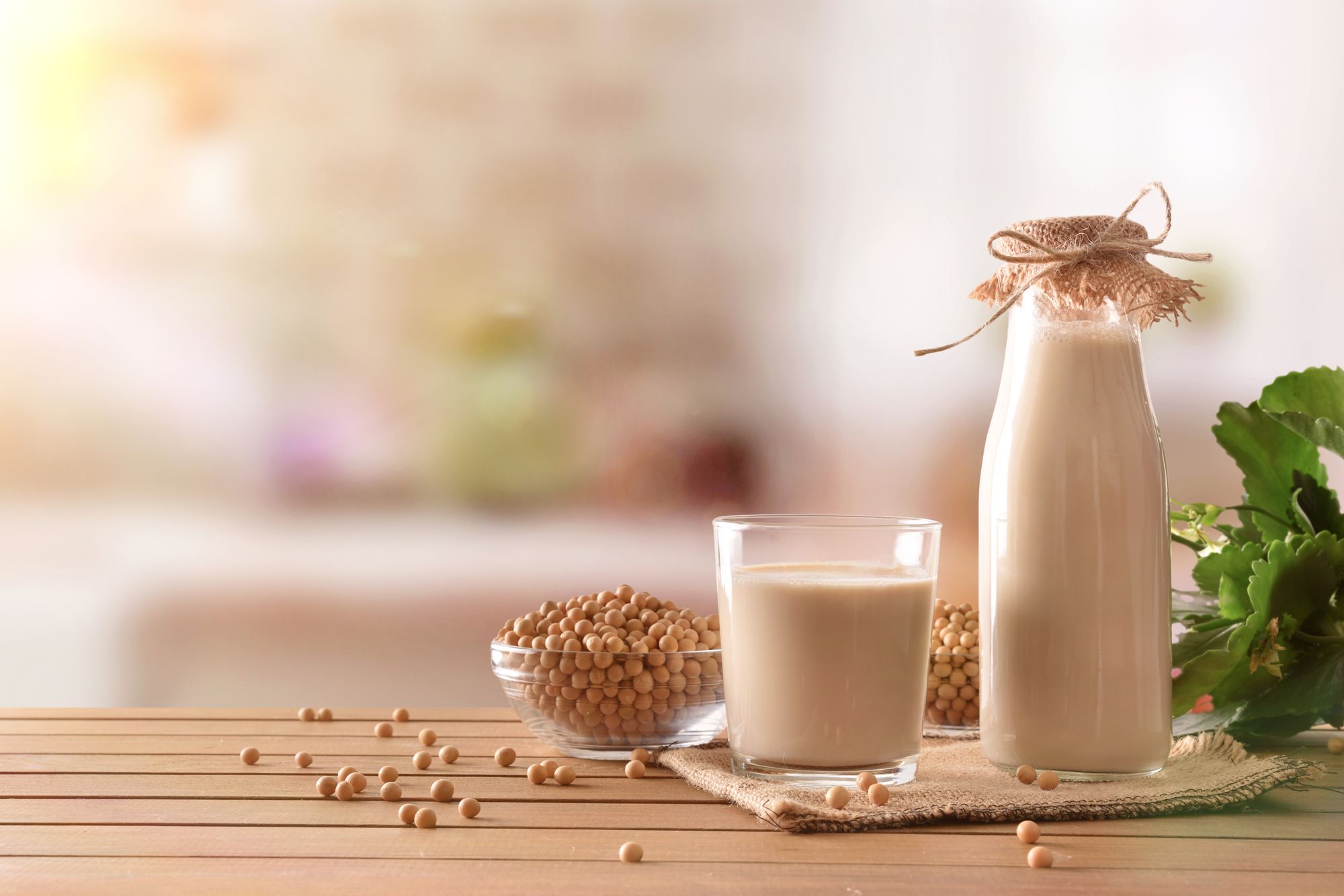
Soy milk is a valuable plant-based protein source, offering about 8 grams of protein per serving. If you can tolerate soy, consider opting for soy milk over almond milk when seeking non-dairy options. Unlike almond milk, which contains minimal protein, soy milk provides a more substantial protein boost to your meals and beverages.
10) Substitute Pistachios For Pecans:
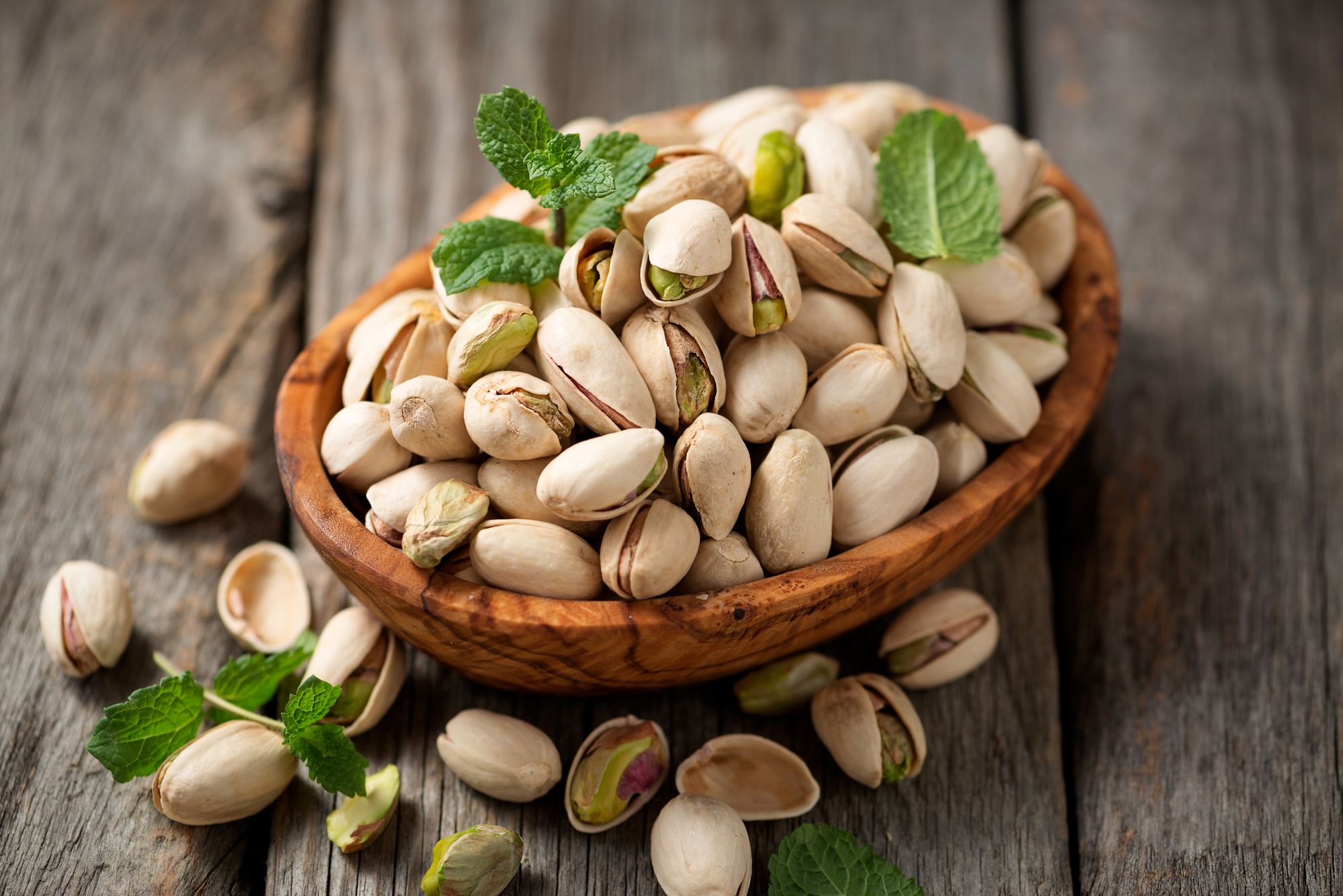
When it comes to nuts, pistachios are a standout choice for protein content, providing around 5.7 grams of protein per ounce. In comparison, pecans offer only about 2.5 grams of protein per ounce. Opt for pistachios to enjoy a satisfying and nutrient-dense snack that also contributes to heart health, thanks to its unsaturated fat content.
11) Eat Edamame:
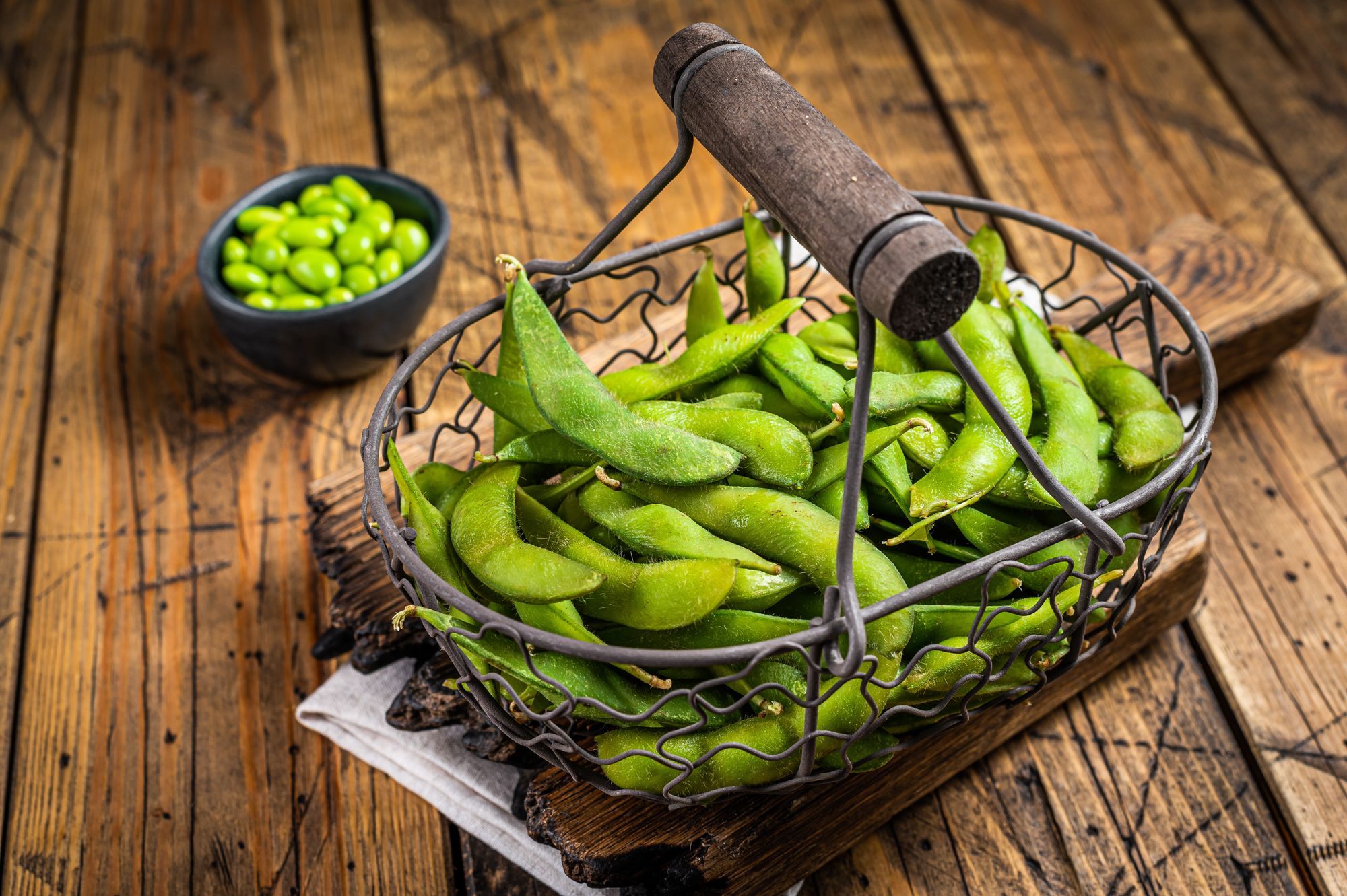
Edamame, or young soybeans, are a delicious and nutritious snack that packs a protein punch of approximately 18.4 grams per cup. Apart from protein, edamame is rich in dietary fiber, folate, vitamin K, and antioxidants. Incorporating edamame into your diet can aid in maintaining healthy cholesterol levels, supporting bone health, and promoting antioxidant protection.
12) Add Protein Powder To Your Pancake Or Waffle Mix:
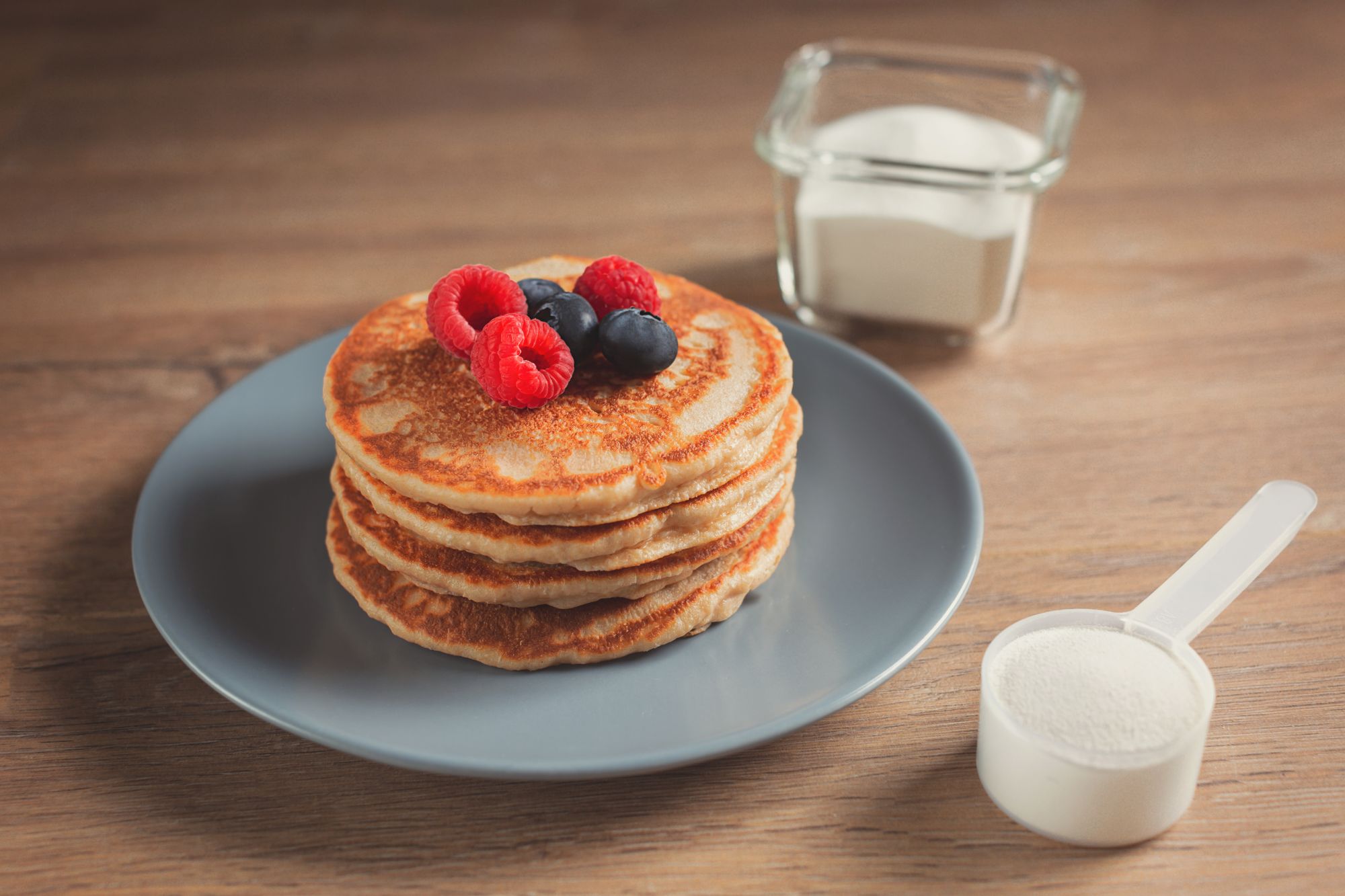
Pancakes and waffles are typically lower in protein, but you can easily transform them into protein-rich breakfast options by adding a scoop or two of protein powder to the mix. This simple tweak allows you to enjoy a satisfying and nourishing breakfast that fuels your body for the day ahead.
13) Mix Legumes With Rice:

Combining legumes like chickpeas, black beans, lima beans, or peas with rice creates a well-rounded and complete protein source. Legumes are an excellent plant-based protein option and contribute essential nutrients like fiber, iron, folate, and potassium. Pairing them with rice creates a balanced meal that supports energy levels and overall nutrition.
14) Choose Whole Grain Pasta:

Whole grain pasta contains about 8.8 grams of protein per cup, making it a superior choice over refined pasta, which offers less protein. By opting for whole grain pasta, you not only increase your protein intake but also benefit from the higher fiber content and additional nutrients present in the whole grain version.
15) Use Tofu As A Smoothie Thickener:
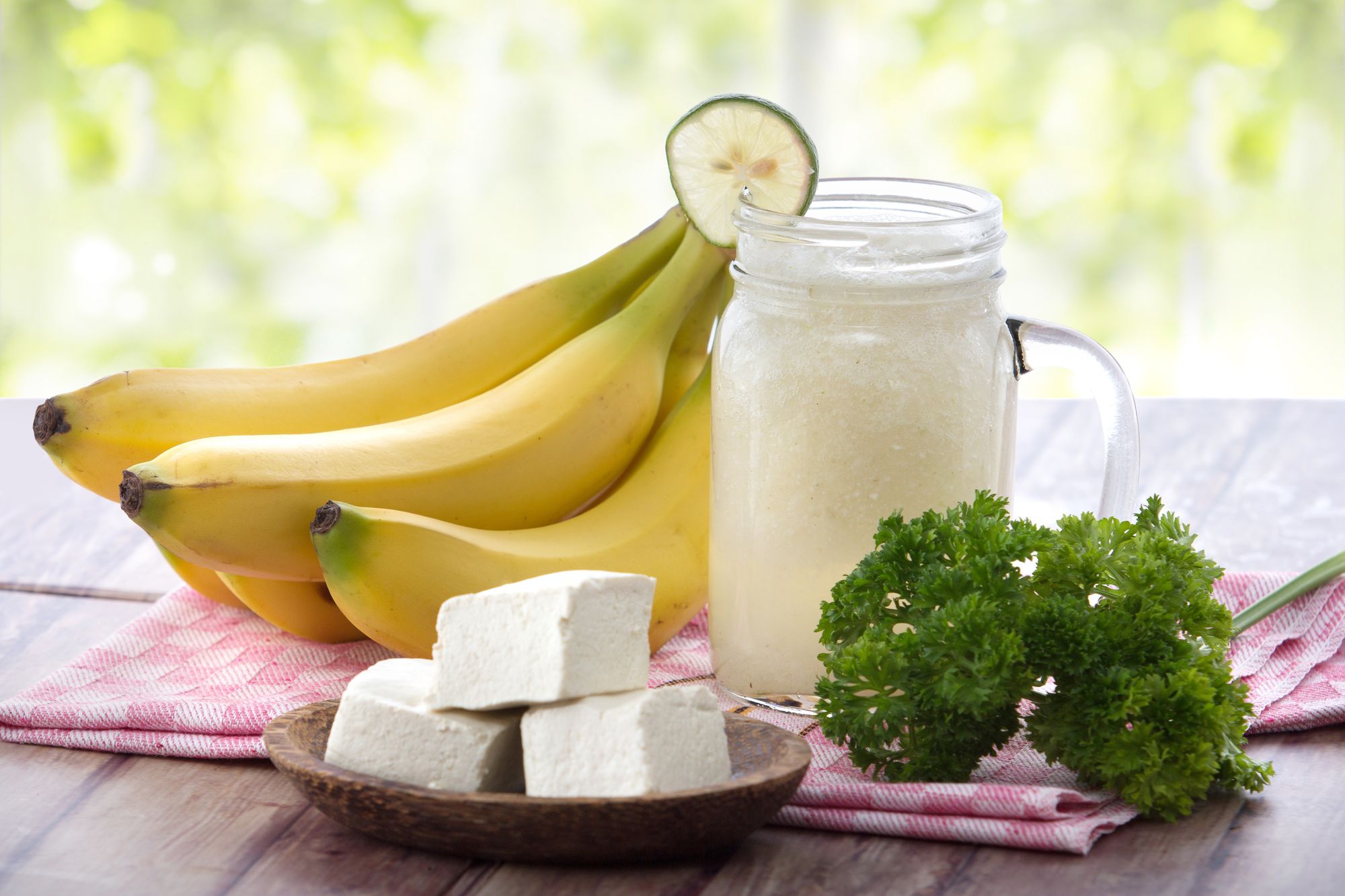
Tofu is a versatile and plant-based protein source, providing approximately 3.5 grams of protein per 2-ounce serving. When blended into smoothies, tofu imparts a creamy and silky texture, making it an excellent alternative to traditional milk-based smoothies. Tofu is also rich in calcium, iron, and magnesium, supporting bone health and overall nutrient intake.
16) Base Your Salad Dressing On Tahini:
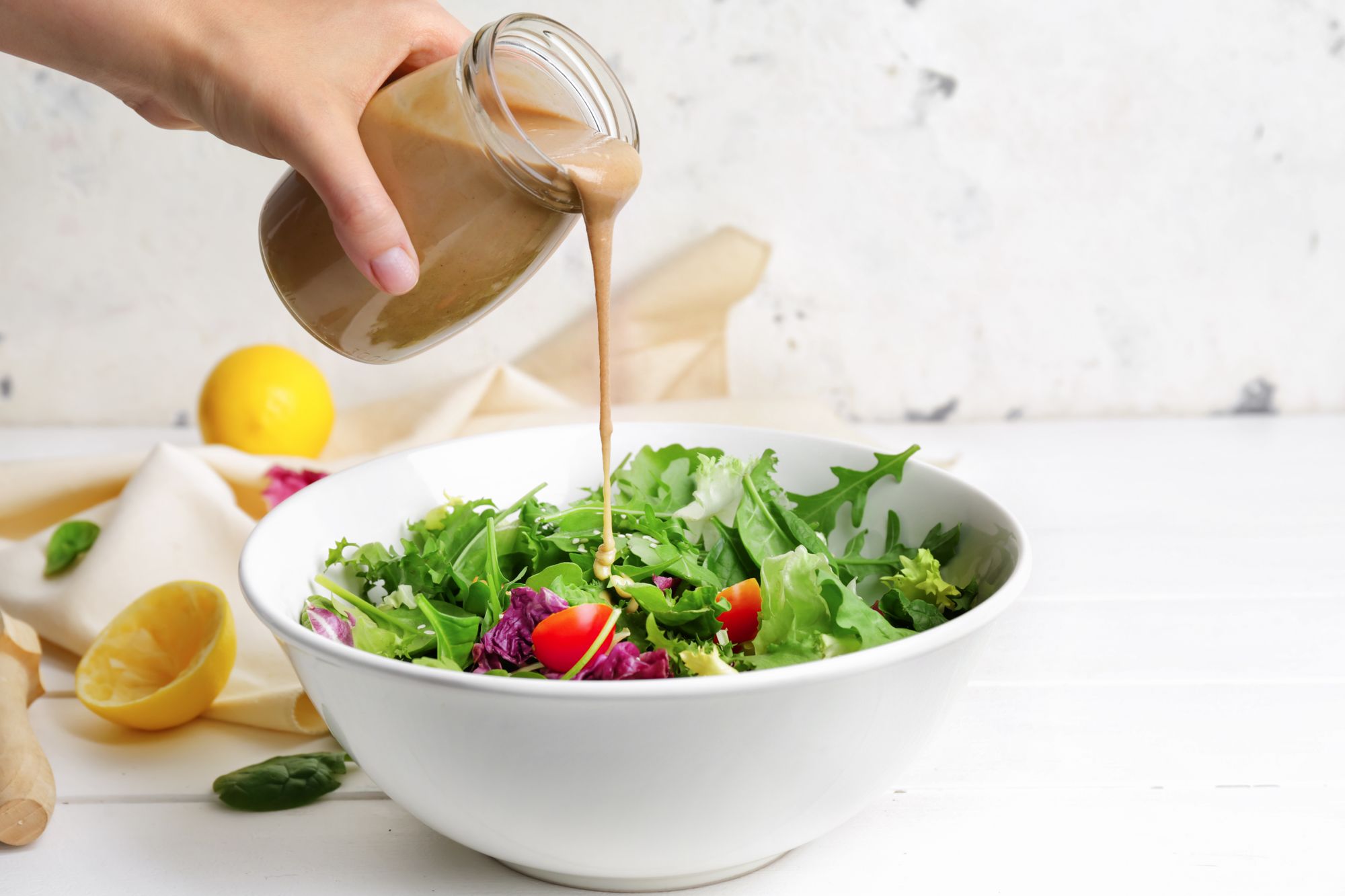
Tahini, a paste made from ground sesame seeds, is a flavorful and nutritious ingredient that adds about 5.1 grams of protein per 2 tablespoons to your salad dressing. Besides protein, tahini offers a good dose of healthy fats, calcium, and other essential minerals. Using tahini as a dressing base enhances the flavor of your salads while providing additional nutritional benefits.
By incorporating these simple food swaps into your diet, you can effortlessly increase your protein intake and reap the many benefits of a well-balanced and protein-rich nutrition plan. From convenient snacks to flavorful meal additions, these options offer a variety of ways to enjoy

